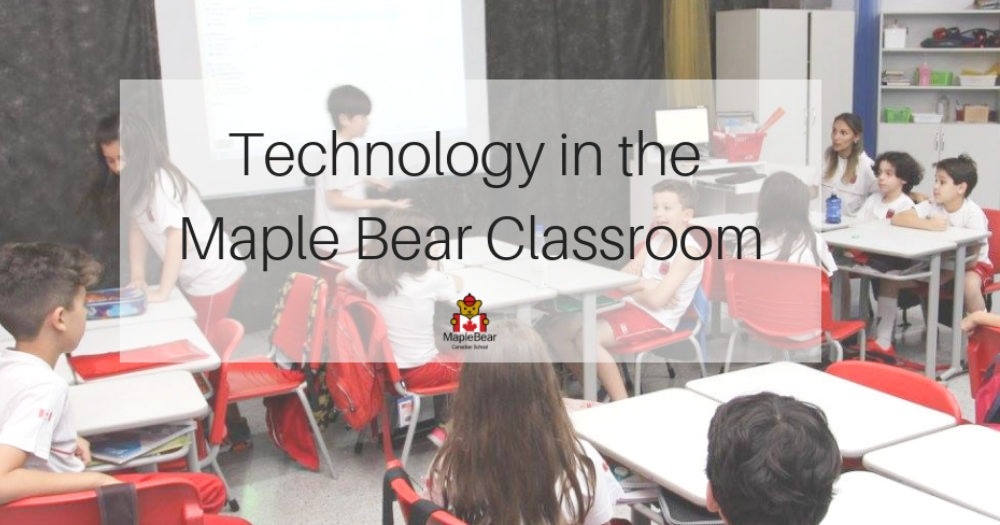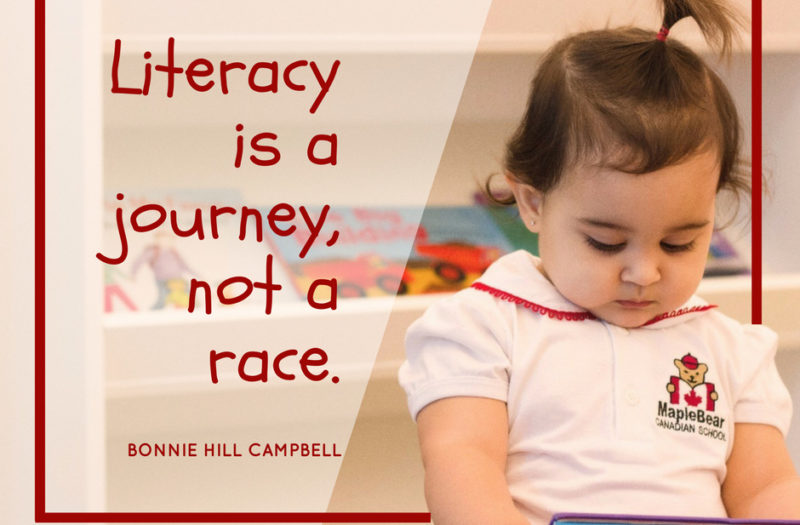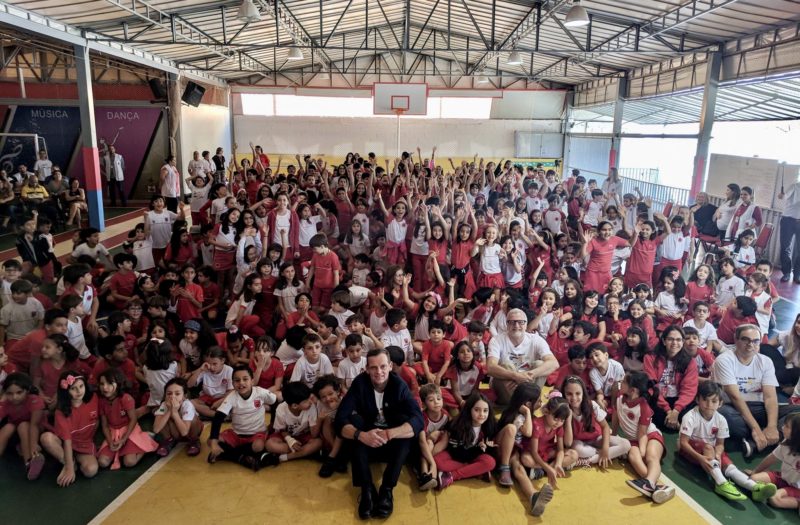
Technology in the Maple Bear Classroom
Children have been heavily impacted in both good ways and bad by technological advances and in particular, by the digital devices which deliver them.
Maple Bear has given very thoughtful consideration to the ways in which technology can be used in our classrooms as part of our commitment to delivering high quality education.
It is our belief that educational value is only achieved when technology use is interactive; and, encourages the development of social skills, critical thinking, collaboration, and communication.
The Downside of Screen Time for Early Learners
It is now becoming clearer from the research—much of it originating from the same Silicon Valley engineers who invented what is being used—that excessive screen time can cause serious issues in the development of very young children.
One recent report from the Journal of the American Medical Association, quoting a Canadian study, found that toddlers and preschoolers who spend 2 to 3 hours a day in front of digital devices including television can cause delays in the development of their communication skills, motor skills and problem solving by the age of five.
Maple Bear Ahead of the Global Curve
Maple Bear has proven to be prescient in this matter when compared to early learning centres that boast they have iPads for every 3 year old. Our curriculum does not have very young students sitting down to work passively in front of individual screens. Students in our pre-school programs around the world work in classrooms surrounded by books, toys and other manipulatives.
For example, early years students may be engaged in games to enhance their literacy skills or they may be creating characters using simple coding programs. These activities would be done as learning centres and are done in real time, are interactive, and typically involve a group activity.
Technology in Education Must Be Intentional, Balanced and Age Appropriate
We also believe, however, that technology represents an important set of tools which can be used successfully for educational purposes. This becomes more evident as children enter our elementary schools.
Says Lenna Glade, VP Academic of Maple Bear Global Schools: “Technology is most effective when there is active engagement between students and teachers, frequent interaction, and feedback. Good use of technology must also involve problem solving, critical thinking and creativity.”
When incorporating technology in the Maple Bear classrooms, she reports, all the tools used are chosen with a clear intention for a learning outcome.
At Middle Years, teachers integrate technology as a tool to encourage research, to write responses to an assignment, or to conduct quizzes in a team environment. This can be very motivating for the students.
At Senior Years, using technology is an integral part of their Mathematics and Science courses, as well as for research and writing. Some students pursue computer programming as a separate course.
“All use of technology must have a specific learning purpose,” she emphasizes. “The content and the interactive media presented on the tools must be carefully selected and used with a balanced approach in the classroom.”
Technology Cannot Replace the Teacher
Maple Bear never loses sight of our belief that interpersonal relationships are one of the most important factors in learning. In this matter, Maple Bear is aligned with the findings of an OECD report which followed up computer usage and the OECD’s PISA rankings.
“While PISA results suggest that limited use of computers at school may be better than not using computers at all, using them more intensively than the current OECD average tends be associated with significantly poorer student performance,” according to Students, Computers, and Learning, a report which also cautions governments not to view technology as an education panacea.
“Technology can amplify great teaching, but great technology cannot replace poor teaching,” says the report’s Canadian author, Ron Owston, Dean of the Faculty of Education at York University in Toronto.
Maple Bear’s VP Academic Lenna Glade confirms this: “Teachers remain the center of high-quality education,” she says. “Children learn from interacting with each other and with their teacher.”
“Technology can be an effective tool but it cannot and must never replace the teacher. We train our teachers to ensure that the tools being used are appropriate to the age and stage of development of the child.”
Cooperative learning is a goal of the Maple Bear curriculum for all students. For as we know, teamwork and collaboration skills are essential for 21st century learners.




